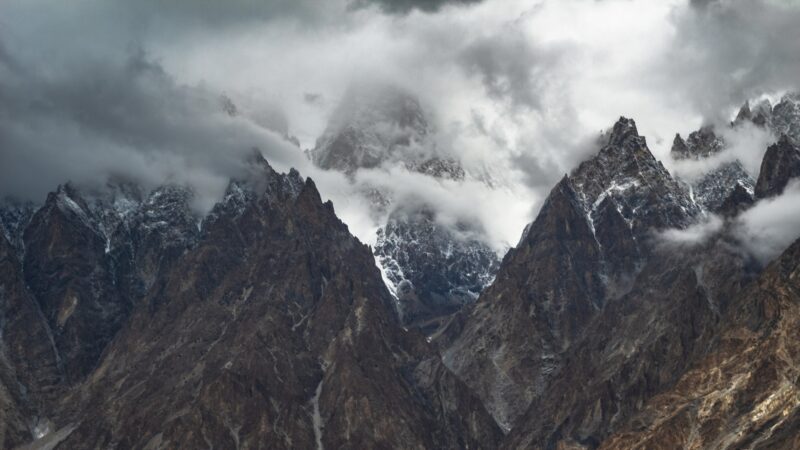Water availability in Pakistan from Hindukush–Karakoram–Himalayan watersheds at 1.5°C and 2°C Paris Agreement targets
Authors
Shabeh ul Hasson, Fahad Saeed, Jürgen Böhner, Carl-Friedrich Schleussner
Share

Highly seasonal water supplies from the Himalayan watersheds of Jhelum, Kabul and upper Indus basin are critical for managing the world’s largest contiguous irrigation system of the Indus basin and its dependent agrarian economy of Pakistan.
Here, we assess changes in the contrasting hydrological regimes of these Himalayan watersheds, and subsequent water availability under the Paris Agreement 2015 targets that aim of limiting the mean global warming to 1.5 °C, and further, well below 2.0 °C relative to pre-industrial levels.
The findings provide an overall picture of the surface water availability in Pakistan under the aspirations of the Paris Agreement 2015 and can inform on policy decisions together with the country's first-ever national water policy approved recently.











